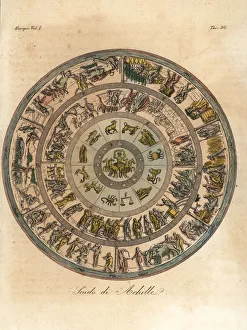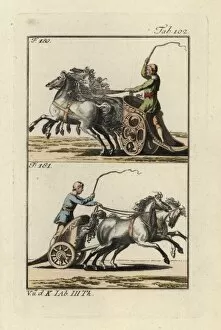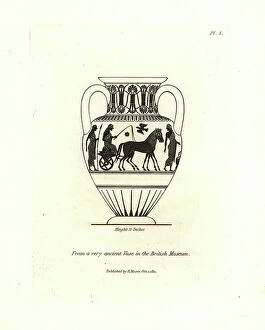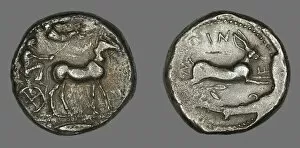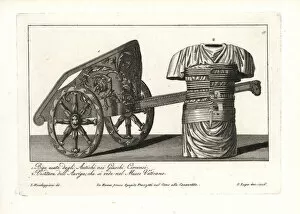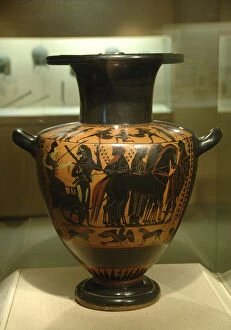Biga Collection
"Unveiling the Magnificence of Biga: A Journey through Ancient Art and History" Step into the world of ancient civilizations as we explore the captivating realm of Biga
All Professionally Made to Order for Quick Shipping
"Unveiling the Magnificence of Biga: A Journey through Ancient Art and History" Step into the world of ancient civilizations as we explore the captivating realm of Biga. From epic battles to grand chariots, this symbol has left an indelible mark on history. Imagine Achilles, adorned in his legendary armor, wielding The Shield of Achilles as he charges into battle against Hector. This iconic image captures the power and might associated with Biga. Roman racing chariots, known as Quadrigas, were a sight to behold. With four horses thundering across the tracks, these magnificent vehicles showcased both skill and speed. In 1877, Luggie's albumen silver print titled "Measuring Lands for Cultivation" offers a glimpse into ancient agricultural practices. It reminds us that beyond war and glory, Biga played a role in everyday life too. The gilded bronze Sconce of a prisoner hung on the side of a biga during Roman times serves as a haunting reminder of captivity and oppression endured by many throughout history. Coins have always been windows to our past. A Denarius Serratus from 118 BCE depicts Goddess Roma while Tetradrachms portray mules pulling bigas - testaments to their significance in commerce and society. Ancient Greek warriors proudly rode bigas adorned with painted shields - symbols representing their valorous spirit. These fearless fighters embraced both artistry and warfare atop their majestic chariots. An engraving simply titled "The Biga" transports us back in time; its intricate details capturing every aspect of this awe-inspiring vehicle that once ruled over ancient roads. A bronze Chariot from Ischia di Castro showcases craftsmanship at its finest - an exquisite relic reminding us how innovation thrived even centuries ago. Lastly, let's not forget about fashion. Roman charioteers' tunics were not only functional but also stylishly designed, reflecting the elegance and sophistication associated with Biga.

